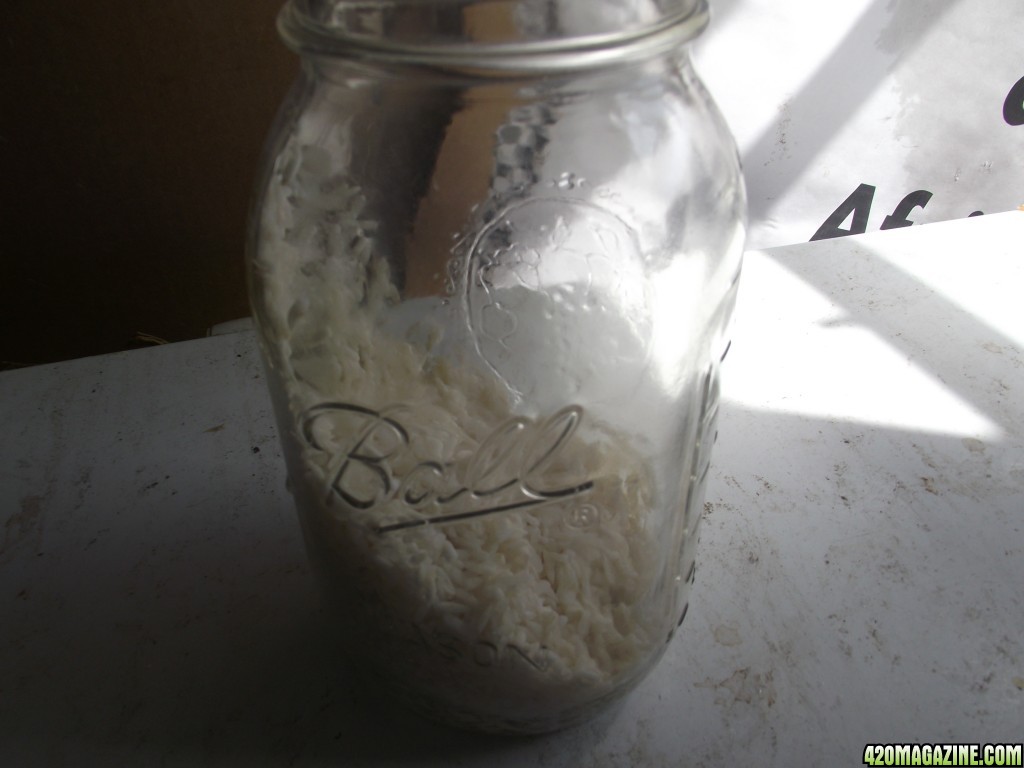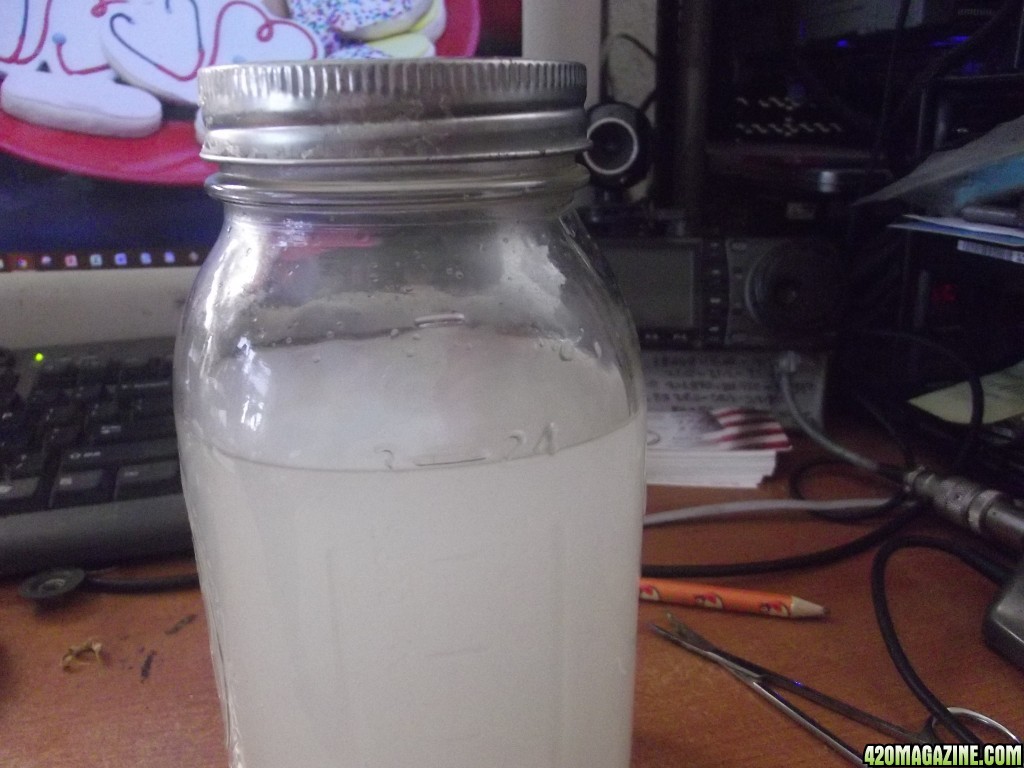Emilya;2866841 said:The deeper I get into my studies of organic gardening, the more I find that we can do in our home gardens to greatly enhance our end results. Many of us know about compost teas, and have developed recipes for seedlings and clones, vegging plants, flowering plants and late flowering plants. We have learned to culture and grow the microorganisms that are beneficial to our plants, and we have learned to use AACT (actively aerated compost teas) to get the most water soluble nutrients as we can from our raw materials.
Compost teas only go so far however, and no matter the recipe, our teas still can not produce certain amino acids, auxins, vitamins and other things out of our raw materials. This requires many organic gardeners to still rely on products like Liquid Karma, Big Bloom, CalMag and others, to provide these vital elements to our plants. It turns out that only by fermentation, can many of the real nutrients be released from many of the raw materials we use in our teas and have in our kitchens. Fermentation unlocks these nutrients into a usable form, just like the microherd does when they ingest them, but faster... and under OUR control.
It turns out that this fermentation process must not be overlooked by the new organic farmer.
Fermented Plant Extracts open up many exciting things we can do for our plants, naturally. Over the next couple of months I plan on making my own Fish Hydrolysate from fish caught locally, Liquid Karma equivalent made from fruits and vegetables, a Calcium Phosphorus supplement, an Immunoboost inoculant, a Bloom Fertilizer and a Beneficial Indigenous Microorganisms(BIM) mix to add to my teas and waterings.
The first step to getting all this going is to create the main workhorse of the group, a Lactobacillus Serum that can be used in the creation all the others. This ridiculously easy to produce inoculant is very expensive in the stores, and it is just as ridiculously easy and cheap to produce.
Lactobacillus, and many other organisms can be attracted from the air by using a high carbohydrate wash. The beneficial organisms can be easily separated out, cultured and produced into a strong concentrate that has a long shelf life and will be diluted 20:1 for use in the garden, eventually at 1 tablespoon / gallon.
The first step is to create a high carbohydrate wash using any off the shelf white rice and pouring about a cup into a mason jar. Fill the jar with distilled water and lightly shake. Pour off the wash water into a separate container. Cook the rice for another project, for there is no waste in organic growing. This BIM gathering from the local forest using this cooked rice as an attractant will be covered later in another thread.


Now we will wait for layers to separate out, a top layer being floating debris, and the middle layer will be our microorganisms that we will pull out with a syringe. This will be put in a larger container, and 20 parts milk will be added. The milk will produce the Lactobacillus bacteria that we want, and will discourage other growth. I will document this process all the way, so you can see how I do it, with no lab equipment.
So now we wait.. 2-7 days for the first layers to appear. The jar has been loosely capped so as to allow pressure to escape, but to keep critters out. The next pictures should be of the layers that form.
Navigation
Install the app
How to install the app on iOS
How To Use Progressive Web App aka PWA On 420 Magazine Forum
Note: This feature may not be available in some browsers.
More options
You are using an out of date browser. It may not display this or other websites correctly.
You should upgrade or use an alternative browser.
You should upgrade or use an alternative browser.
Making your own Lactobacillus Serum
- Author key1999
- Create date
Blog entry information
More entries in Member Blogs
-
Is Cannabis Market Transforming into a Fast-Moving Consumer Goods (FMCG) Sector?Traditionally, the global cannabis consumption market was viewed mainly as a raw material...
-
The Rise of Skate Vape: A New Design Trend in Cannabis ConsumptionAs the cannabis vaping market continues to evolve, new product trends are emerging that push the...
-
Why the Vape with Screen is Gaining Popularity in Cannabis?The cannabis vaporizer industry is evolving rapidly, and one trend that has gained significant...
-
How to Choose the Right Cannabis Vape with A Screen for YouAs the cannabis industry rapidly evolves, the competition among suppliers has intensified...
-
Why Are More Cannabis Brands Introducing Vapes with Screen Display?As the cannabis industry rapidly evolves, the competition among suppliers has intensified...


